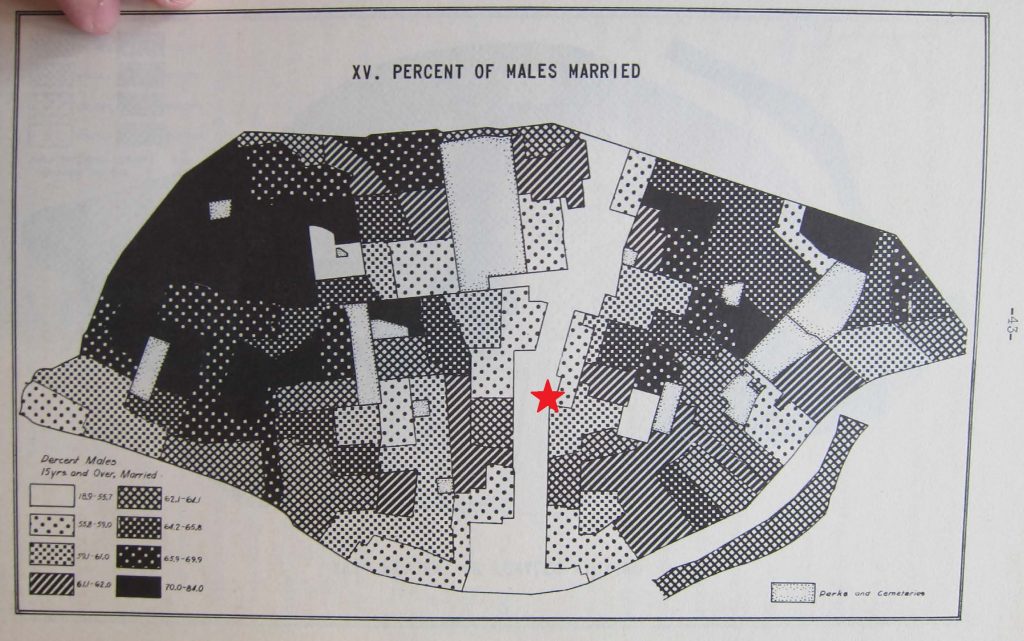“In This Part of the City, All the Fellows Are Gay”: Exploring the History of LGBTQ Nightlife at St. Louis’s Grand and Olive [1/3]
From the mid-1930s to end of the 1970s, there was an almost continuous presence of lesbian and gay establishments here. For generations of LGBTQ St. Louisans, Grand and Olive was a favorite destination for a night out and an important setting of their social lives.

The 3500 block of Olive is in Grand Center, a neighborhood that is today home to such major cultural institutions as the Fox Theatre and Powell Hall. It is also near the main campus of Saint Louis University.
Going back as far as the early twentieth century, this area was a busy entertainment district. Its central location and proximity to several streetcar lines and major roads made it a relatively convenient gathering place for people living throughout the St. Louis area. In 1915, the St. Louis Republic called the neighborhood around Grand and Olive “a place of music and laughter and bustle and bright lights, of pretty women and carefree men.”

As far as we know, Dante’s Inferno (3516 Olive) was the first gay bar on the block. It is also one of the oldest identified gay bars anywhere in St. Louis. It opened in March 1936, only a few years after the repeal of Prohibition, as a “branch” of the infamous Kansas City nightclub of the same name. Some sources suggest that the bar might have been connected to a speakeasy that operated at the same address in the 1920s. Dante’s Inferno hosted drag shows and other kinds of live entertainment.

Author Ian Darnell is a PhD candidate at the University of Illinois at Chicago & graduate researcher for Mapping LGBTQ St. Louis
“In This Part of the City, All the Fellows Are Gay” is a three-part essay about the history of LGBTQ nightlife at St. Louis’s Grand and Olive. The title quote comes from a 1969 police report, when a man arrested for “masquerading” (i.e., dressing in drag) reportedly told a vice officer that “in this part of the city [i.e., the 3500 block of Olive and vicinity] all of the fellows are Gay.”
